Cooking is more than just a way to feed your family healthy, home-cooked meals. Cooking with children is also an activity that brings the entire family together, allowing the members to bond and spend quality time together.
However, cooking with kids provides several developmental and educational benefits as well. Below, you will find information on how engaging the youngest in the kitchen can educate children and contribute to their sense of independence and freedom.
It’s a good idea to let your kids help you do things around the house, like cooking, so they learn how to be independent and be good members of their families, communities, and the world.
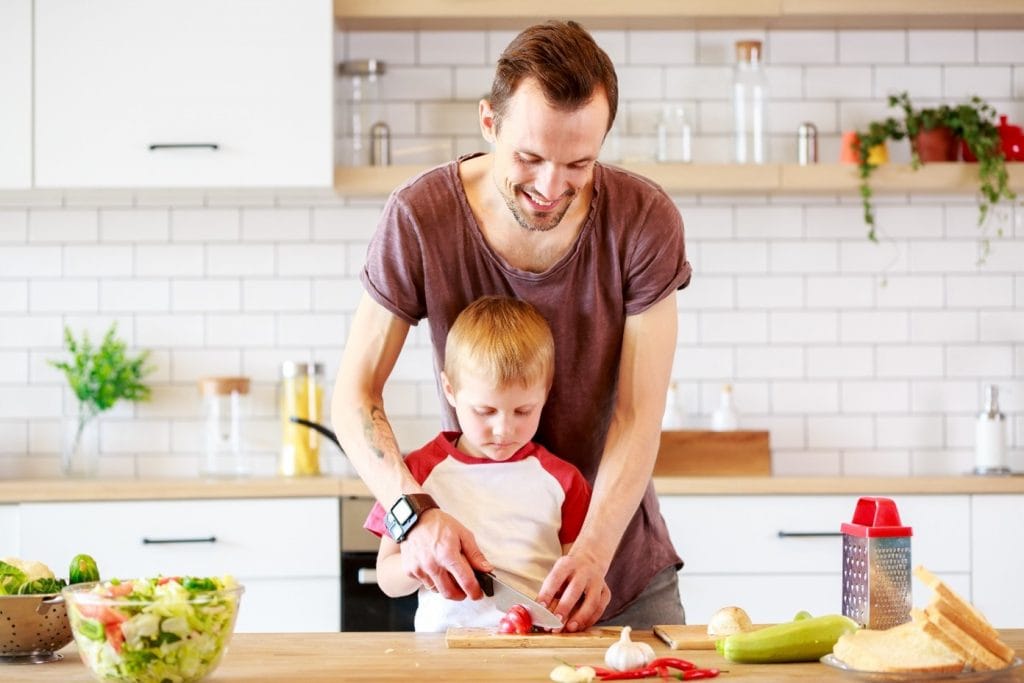
First Steps – When to Start Cooking with Kids?
Cooking can provide a lot of fun for kids of all ages. As a result, many parents decide to start their kids in the kitchen at a young age to encourage a lifelong love for healthy foods and foster skills that children will use throughout adulthood.
What Is the Best Age for a Child to Start Cooking?
Cooking with your child can begin as early as 18 months. Most toddlers are naturally interested in helping in the kitchen as they develop a sense of independence around this age.
What Kitchen Activities are Appropriate for a Child?
Children’s ability to participate in food preparation activities varies with their age.
So, choose age-appropriate tasks while keeping your child’s safety in mind. For example, assigning age-appropriate cooking activities will also build your child’s confidence and independence, whereas tasks that are too easy or too difficult can be uninteresting or frustrating.
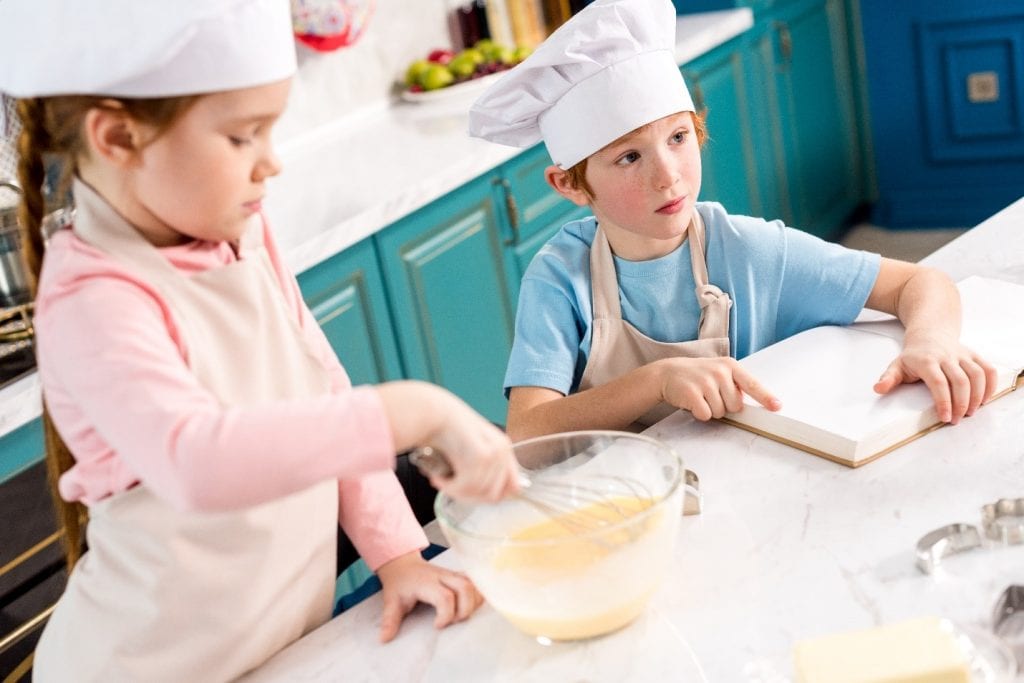
What Can Kids Do in the Kitchen?
Toddlers (18 months – 3 years)
If you are cooking with a child under three years of age, you can include your toddler in various cooking and preparation activities, such as:
- Washing vegetables and fruit
- Stirring and mixing the ingredients
- Mashing fruit and vegetables
- Spreading
- Decorating (sprinkling icing sugar or cake decorations)
However, watch out for the ingredients’ temperature (they need to be at room temperature) and ensure that all hazards, such as sharp utensils, hot pot handles, or heavy pans, are out of reach. Also, make sure to keep your kids away from the cleaning products and the hot cooktop.
Preschoolers (ages 3 to 5)
Cognitive, motor, language, and social-emotional development take a full swing at preschool age. Most kids 3 to 5 can follow instructions, use their problem-solving skills, and count. In addition, preschoolers’ language and vocabulary develop rapidly so that you can include your child in more kitchen activities.
Cognitive, motor, language, and social-emotional development are all in full swing at preschool age. Most children aged 3 to 5 can follow directions, count, and problem-solve. In addition, their dexterity, agility, language skills, and vocabulary grow quickly, so you can let your child do more in the kitchen.
Some of the activities to try with 3 – 5-year-old kids include:
- Washing fruit and vegetables
- Using a wooden mortar and pestle
- Spreading butter or icing with a plastic knife
- Using a spoon or hands to mix ingredients
- Mashing and squashing vegetables or fruit
- Using measuring spoons to spoon ingredients into scales
- Sprinkling icing sugar or flour
- Kneading small balls of dough
- Cutting soft ingredients like butter with a plastic knife
- Using plastic kitchen utensils to roll, shape, and cut dough
Cooking with Older Children
School-age kids can do more complicated cooking tasks like peeling, grating, or cutting with scissors or a small knife if you make sure they safely use these tools.
As they learn to read and know math basics, kids older than five can assist in measuring and adding ingredients, packing lunch boxes, and planning family meals. They can also set the table, make salads, follow simple recipes, or fetch ingredients from the fridge and cupboards.
How Can Children Be Integrated into the Kitchen?
You can have your children observe the process for more complex or potentially dangerous cooking chores (for example, when using sharp utensils or working with hot components). On the other hand, older toddlers and preschoolers can help in the kitchen as long as you make sure they’re safe.
What is the Educational Value of Cooking with Kids?
Cooking with children is not the only fun activity that helps you bond. It also helps children learn about the importance of washing fruit and vegetables, teaches them some counting and measuring basics, helps develop language, encourages independence, and much more.
Additionally, you can see the Academic research over here.
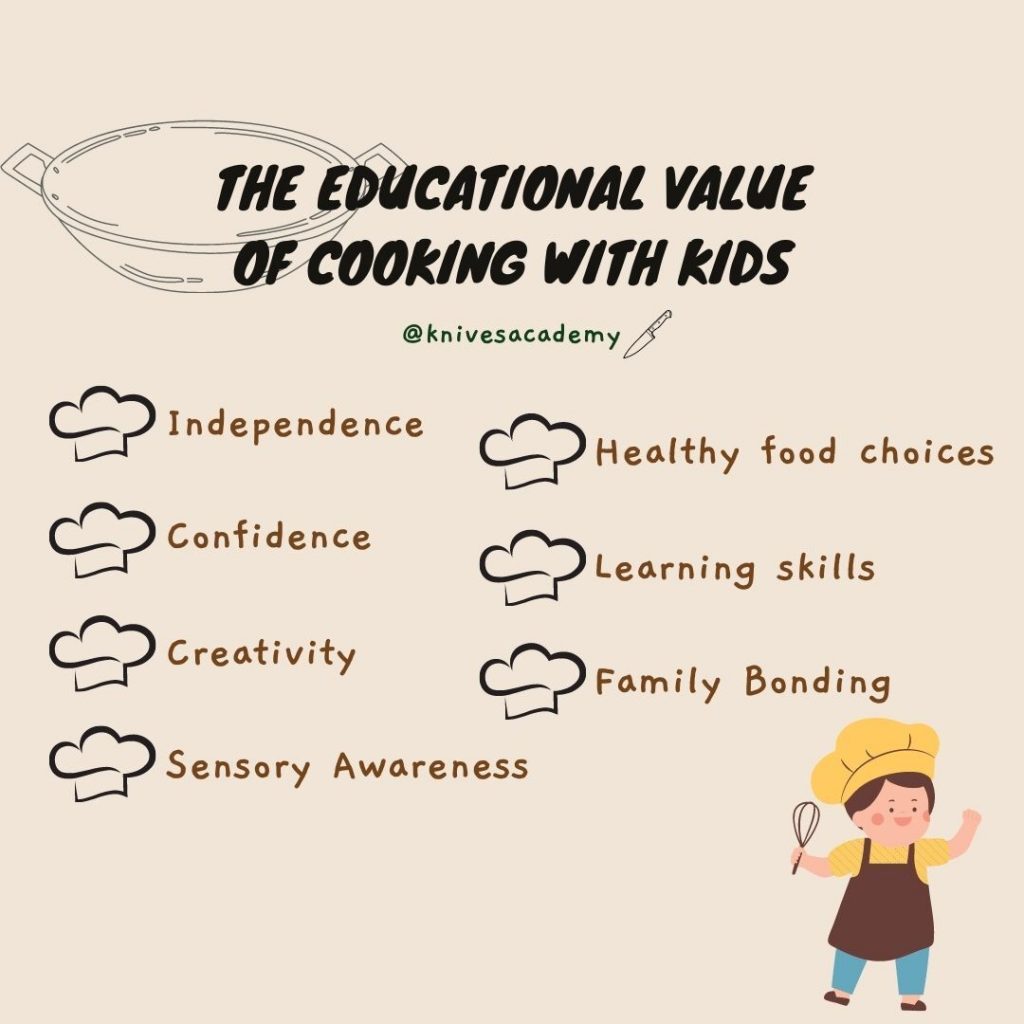
Here are some of the educational benefits of cooking with kids.
A Senese of Independence
Having your children help out in the kitchen can instill a sense of self-reliance and independence necessary for safe risk-taking, decision-making, and a sense of responsibility later on.A Sense of Confidence
When kids help or successfully follow the recipe, they feel confident and proud. Also, when significant adult believes in their abilities, kids are more likely to become self-assured, responsible, and self-sufficient.Math and Reading Skills
Cooking involves a lot of measuring, counting, and precise actions that encourage basic math skills such as counting, addition, subtraction, and fractions.
Also, getting kids to read the recipes or ingredient lists and follow the instructions helps them learn how to read and improves their vocabulary.Sensory Awareness
Cooking helps your child use many different senses because it involves seeing, touching, smelling, and hearing things. This encourages sensory awareness, curiosity, and exploration.Family Bonding
Cooking is a fun activity for the entire family. It allows family members to spend quality time together, share laughter, discuss day-to-day experiences, and connect.Creativity
Experimenting with ingredients, recipes, and procedures inspires creativity and motivate kids to think outside the box, promoting a growth mindset, imagination, and freedom to make choices.Interest in Healthy Foods
Allowing kids to cook encourages them to try different foods, eat at home and make healthy food choices. You can read the complete research about how cooking helps kids to try healthier food over here.
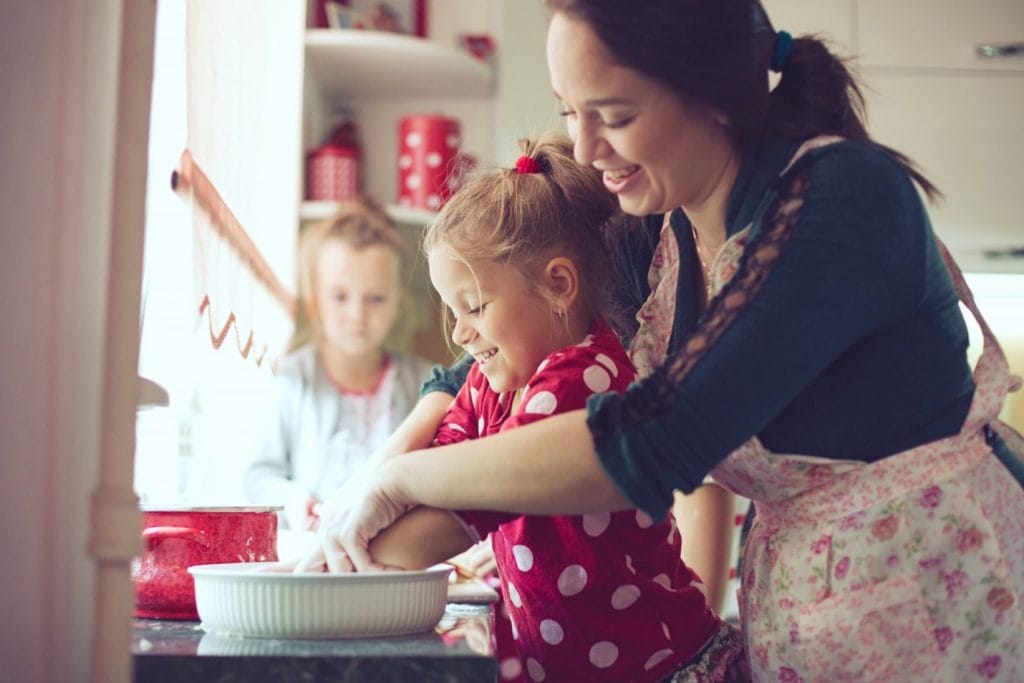
From Theory to Reality: What Should You Do?
Many parents are unsure which recipes to start with and what tools to use when cooking with their children.
Is it better to start with healthy foods like veggies or temp toddlers into the kitchen with chocolate cake?
Start with simple meals such as sandwiches, veggie toppings, pasta, pancakes, and fruit salads. You can also add sweets since there are a variety of nutritious sweets that you can make with your kids.
- Provide a step stool so your kids can reach the counter.
- Here are some of the best cooking tools for kids:
- Kid-sized spatulas, brushes, and whisks
- Plastic knives
- Customized knives that are not sharp
- No-spill bowls
- Wooden or plastic cookie cutters
- Kid-size aprons
- A small rolling pin
Just make sure to purchase and use utensils that will make cooking with your kids safe and straightforward, so your kids can get the most out of cooking activities.

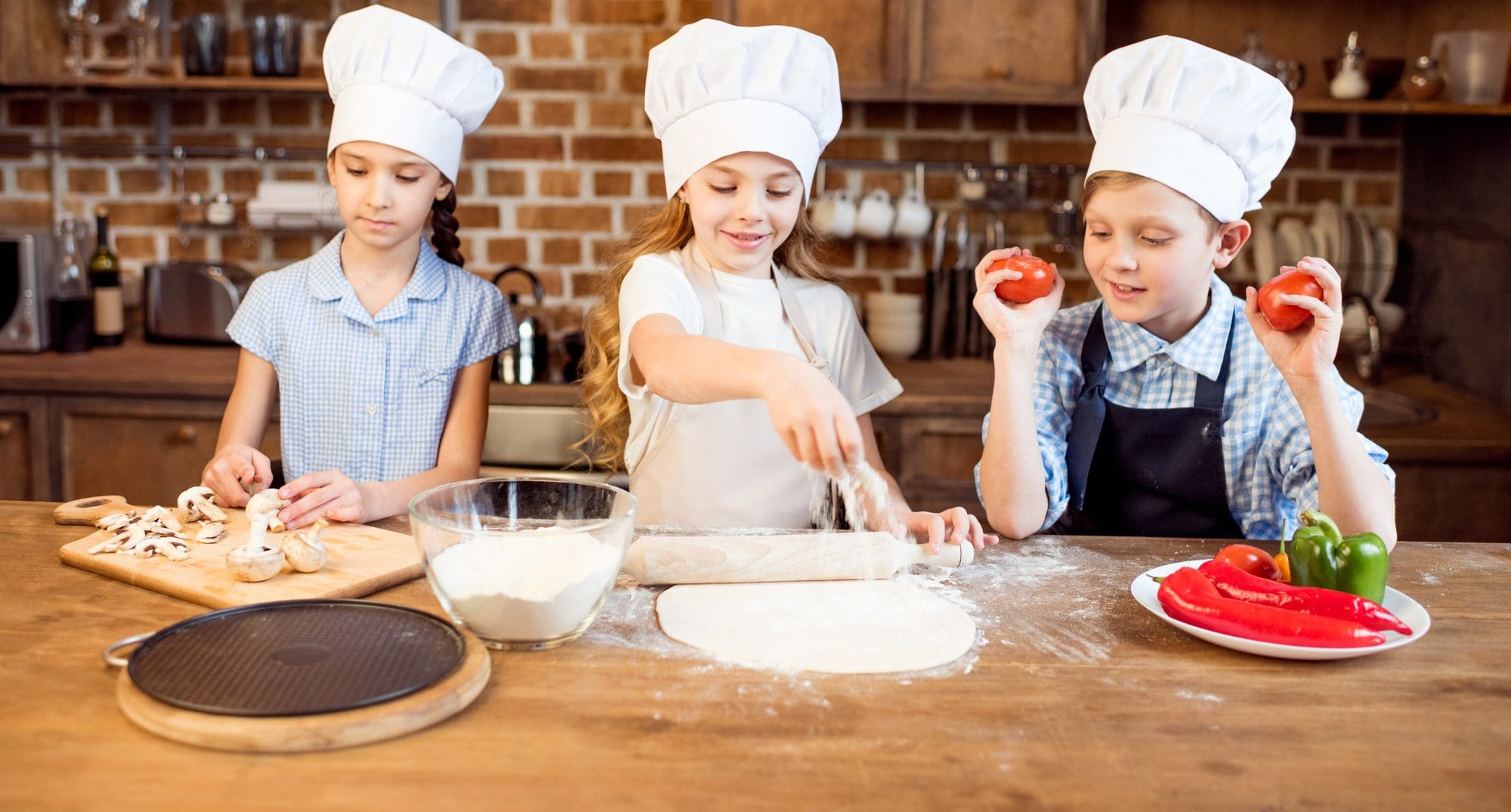


Post Your Thoughts